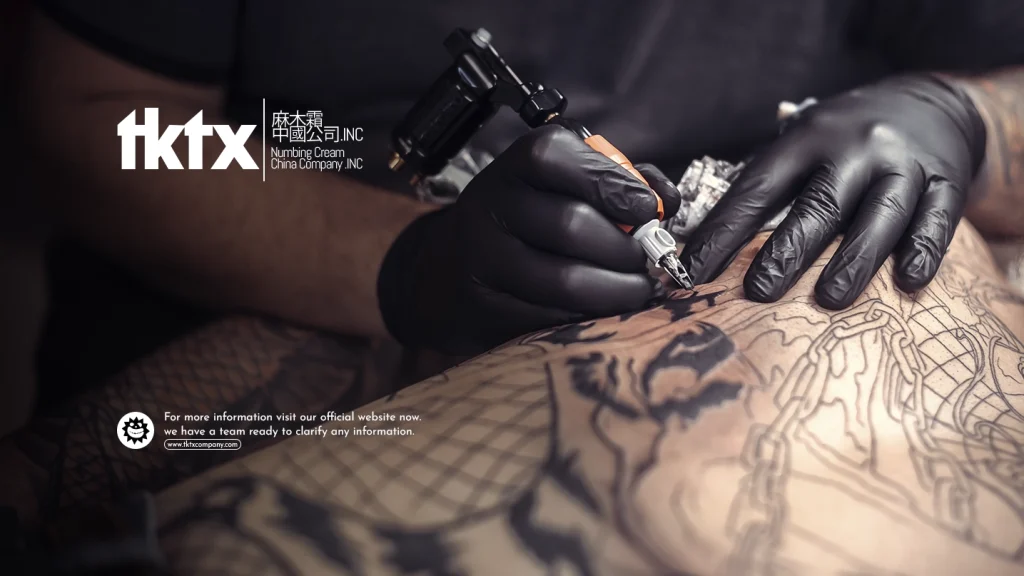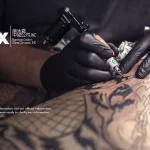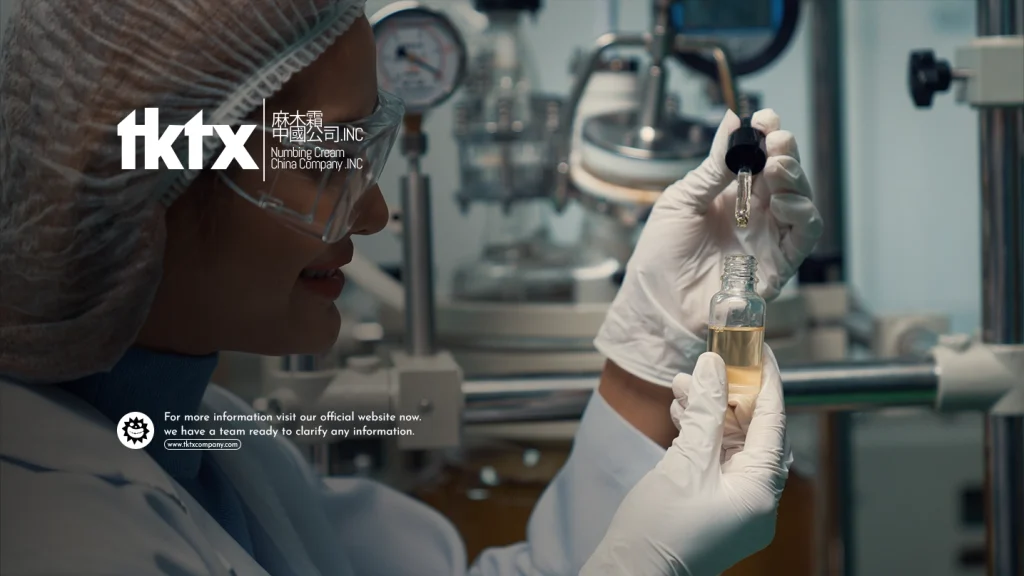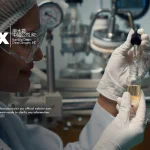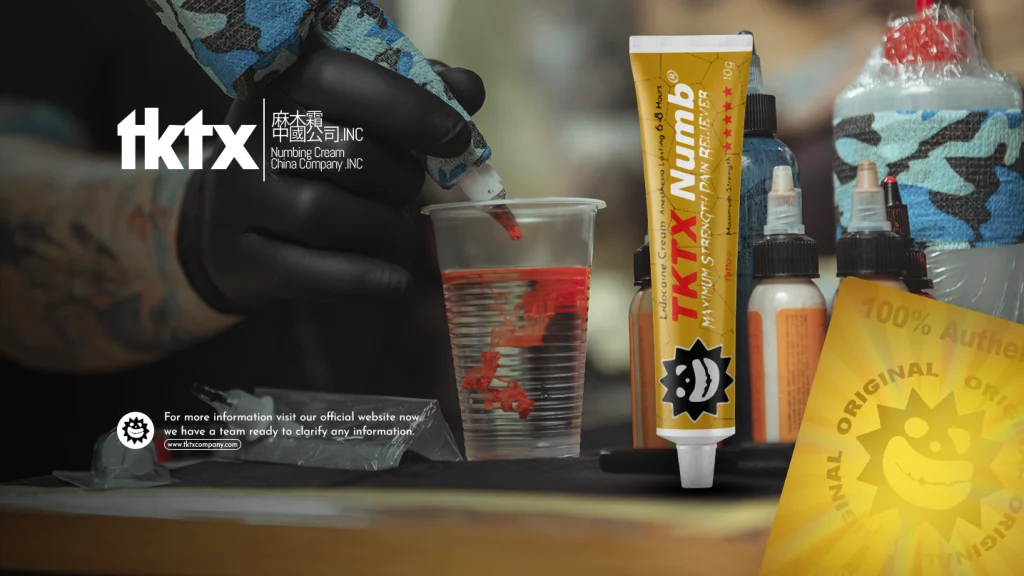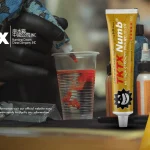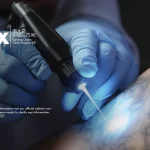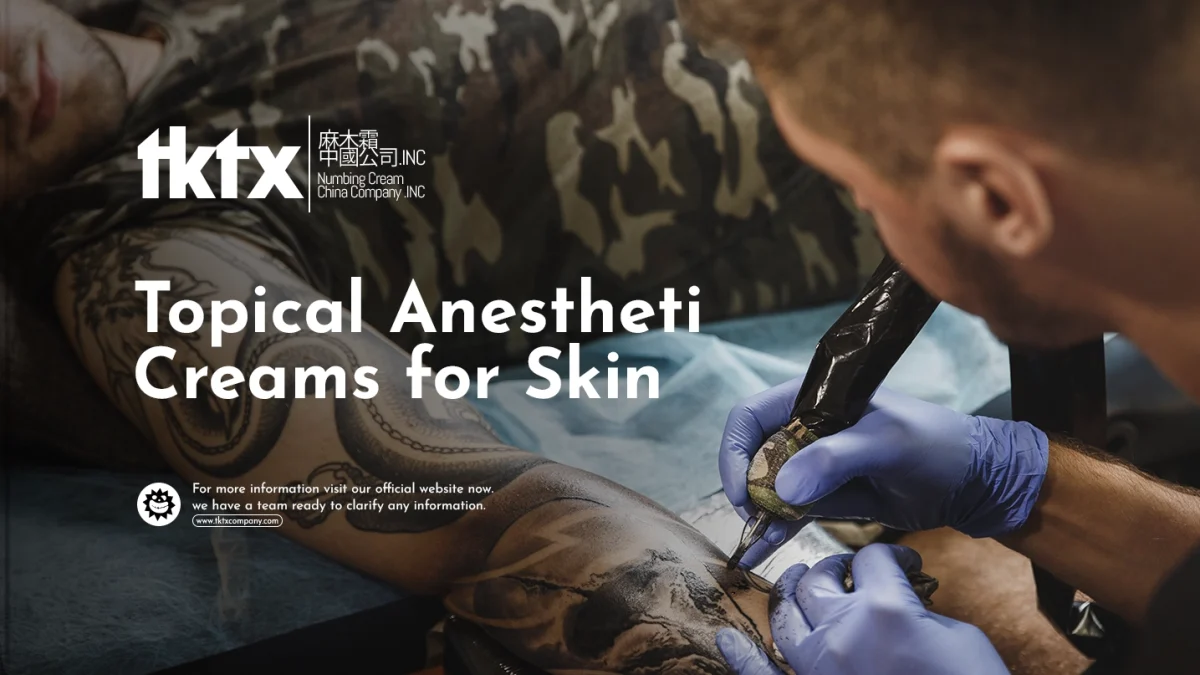
Getting a tattoo is a form of body art that allows for personal expression, but the process can be painful. For many, the pain associated with tattooing can be a deterrent. Fortunately, topical anesthetic creams have emerged as an effective solution to minimize pain and make the experience more comfortable. This article explores how these creams work, their benefits, considerations, and how to use them correctly.
How Topical Anesthetic Creams Work
Active Ingredients
Topical anesthetic creams typically contain active ingredients such as lidocaine, prilocaine, benzocaine, or tetracaine. These compounds work by temporarily blocking the pain signals sent by nerves to the brain.
Mechanism of Action
When applied to the skin, anesthetic creams penetrate the superficial layers and numb the nerves in the treated area. This reduces sensitivity and pain perception during the tattooing process.
Benefits of Anesthetic Creams
Pain Reduction
The most obvious benefit of anesthetic creams is the significant reduction in pain during the tattooing process. This can be especially useful for people with low pain tolerance or for long tattoo sessions.
Increased Comfort
With less pain, the experience of getting a tattoo becomes much more comfortable, allowing the client to relax and the tattoo artist to work more efficiently with fewer interruptions.
Improved Quality of Work
More comfortable clients tend to move less, making it easier for the tattoo artist to work and resulting in more precise lines and detailed work.
How to Use Anesthetic Creams
Preparing the Skin
Before applying the anesthetic cream, the skin should be clean and dry. Wash the area with soap and water and dry it thoroughly.
Applying the Cream
Apply a generous layer of anesthetic cream to the area to be tattooed. Spread it evenly, ensuring complete coverage.
Covering with Plastic Wrap
To maximize absorption, cover the applied area with plastic wrap. This helps keep the cream in contact with the skin and prevents it from drying out.
Waiting Time
Allow the cream to take effect for at least 30 to 60 minutes, depending on the specific product instructions. Some creams may require a longer time to achieve maximum numbing effect.
Removing Excess Cream
Before starting the tattoo, remove the plastic wrap and wipe off any excess cream from the skin. The area should be slightly numb and ready for the procedure.
Considerations and Precautions
Consult a Professional
Always consult the tattoo artist or a healthcare professional before using an anesthetic cream. They can recommend specific products and provide guidance on proper use.
Sensitivity Test
Perform a sensitivity test on a small area of skin before applying the cream to a larger area. This helps identify any potential allergic reactions to the active ingredients.
Avoid Overuse
Do not apply more cream than recommended in the instructions. Excessive use can lead to systemic absorption of the active ingredients, which can cause adverse side effects.
Contraindications
People with certain medical conditions or allergies to topical anesthetics should avoid using these creams. It is important to read the product instructions and contraindications carefully.
Conclusion
Topical anesthetic creams are a valuable tool for those looking to reduce pain and increase comfort during the tattooing process. With proper use and professional guidance, these creams can make the experience of getting a tattoo much more enjoyable. Whether you are a tattoo novice or an experienced enthusiast, understanding how to use anesthetic creams correctly can make all the difference in your next session.



